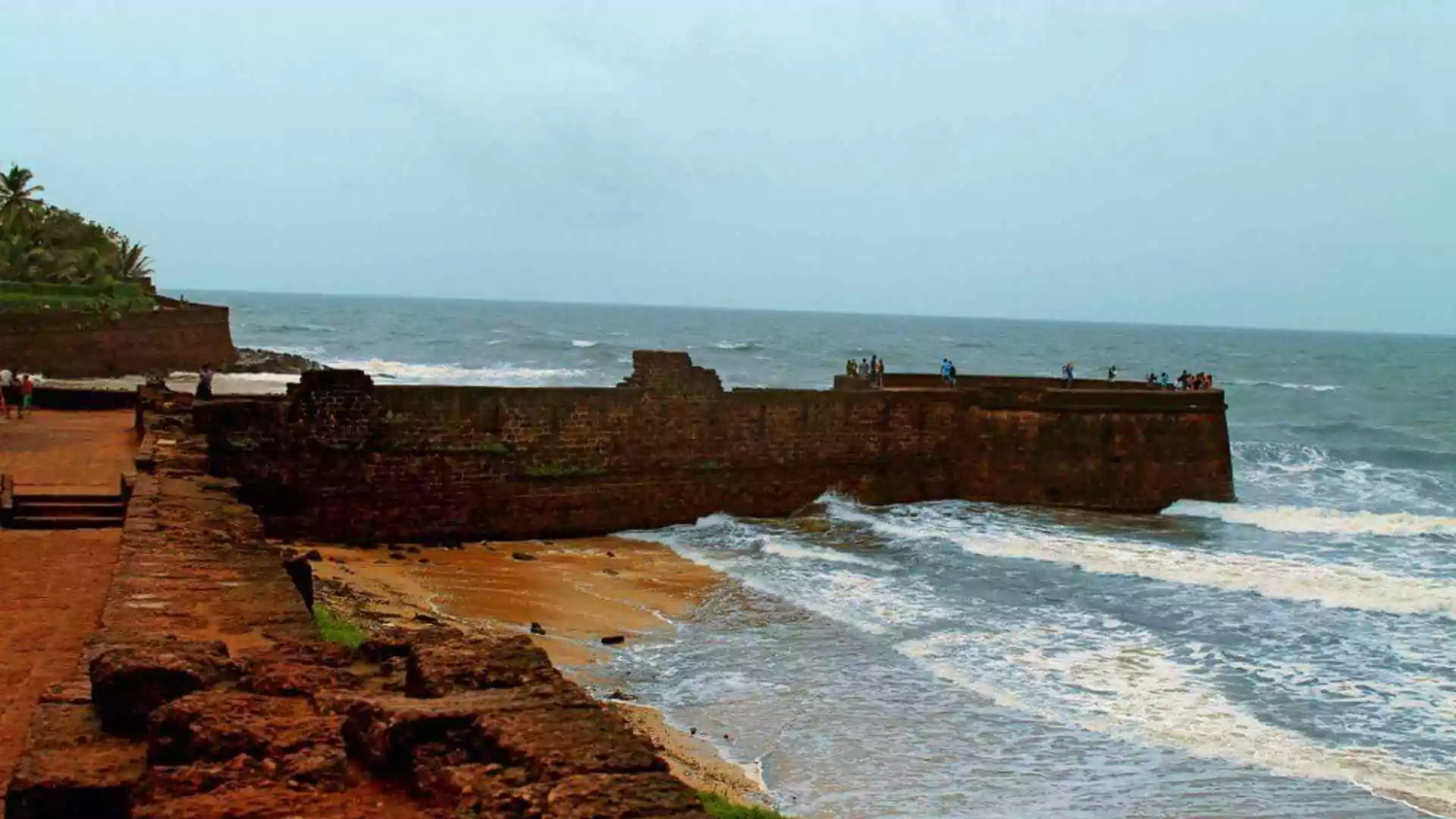China’s armed forces conducted a new round of military drills around Taiwan, sending a clear message to the island’s government to cease “separatist acts.” These exercises, held on Monday, involved multiple branches of China’s military, including the army, navy, air force, and rocket forces. According to a spokesperson for the Chinese military, the drills were part of an effort to warn Taiwan’s leadership against any moves toward independence.
The spokesperson emphasized the importance of these actions, stating that the drills were “a stern warning to the separatist acts of ‘Taiwan independence’ forces” and further added, “It is a legitimate and necessary operation for safeguarding state sovereignty and national unity.” The exercises took place in six designated areas around Taiwan, with three additional offshore locations highlighted on a map released by state sources.
Increasing Pressure on Taiwan’s President
China’s military exercises, named “Joint Sword-2024B,” follow similar drills held earlier in May, shortly after Taiwan’s President Lai Ching-te assumed office. Analysts believe the drills were intended to simulate a blockade, similar to those conducted two years ago following a visit by then-U.S. House Speaker Nancy Pelosi to Taipei. Taiwan, a semiconductor production hub and strategically located near a critical global shipping route, is a key target for Beijing’s attempts to reassert its territorial claims.
Since President Lai’s election in January, China has intensified its pressure on Taiwan, employing various tactics. These include diplomatic efforts to isolate Taiwan by reducing the number of its international allies, increased Coast Guard patrols around islets controlled by Taiwan, and the suspension of tariff exemptions on Taiwanese agricultural products. Beijing recently hinted at “adopting further measures” in response to Taiwan’s decision to ban certain Chinese shipments. In turn, Taiwan accused China of weaponizing cross-strait trade for political leverage.
Taiwan’s Response and Defense Initiatives
Taiwan’s President Lai has vowed to resist China’s growing threats. In a recent speech, Lai reaffirmed Taiwan’s commitment to standing firm against Beijing’s pressure, stressing the need for national unity and resilience. In September, Lai led the first meeting of a civil defense committee designed to improve Taiwan’s preparedness in case of a military confrontation with China. This committee is part of a broader initiative to enhance the island’s defense capabilities.
Following the latest drills, Taiwan’s Defense Ministry condemned China’s military actions. The ministry announced that it had deployed its own forces to monitor and respond to China’s activities, although it did not provide detailed information. In his National Day speech, Lai reiterated Taiwan’s commitment to maintaining peace and stability in the Taiwan Strait while firmly defending its sovereignty.
South China Sea: A Broader Context of Military Tensions
China’s military maneuvers around Taiwan are part of a broader strategy that also includes its assertive stance in the South China Sea. The region is a vital waterway for global trade and has been a flashpoint for tensions between China and several Southeast Asian nations, including Vietnam, the Philippines, and Malaysia, which all have competing territorial claims.
China has built artificial islands and deployed military assets in the South China Sea, drawing international criticism. These actions are seen as an attempt to control the vital shipping lanes and assert its dominance over the disputed waters. The South China Sea plays a key role in China’s military strategy, serving as a critical region for projecting power in the Asia-Pacific. By controlling these waters, China aims to create a buffer zone to protect its southern coastline and ensure it has access to crucial trade routes.
Beijing’s activities in both the South China Sea and around Taiwan are part of its broader goal of solidifying territorial control and challenging U.S. influence in the region. The combination of military drills around Taiwan and increased activity in the South China Sea signals China’s readiness to assert its claims both diplomatically and militarily, pushing back against any perceived threats to its national interests.
U.S. Support and Regional Stability
The United States continues to support Taiwan through arms sales, diplomatic backing, and military cooperation, which has consistently angered Beijing. U.S. President Joe Biden has stated several times that the U.S. would defend Taiwan in the event of a Chinese attack, marking a shift in U.S. policy toward a clearer commitment to Taiwan’s security. However, Biden has also clarified that the U.S. does not support Taiwan’s formal independence—a key point of contention for China.
The U.S. has also increased its military presence in the South China Sea, conducting freedom-of-navigation operations to challenge China’s territorial claims. These actions, combined with its support for Taiwan, are part of Washington’s broader strategy to counter China’s influence in the Indo-Pacific region. The South China Sea remains a central focus of U.S. military operations, as it is a critical area for ensuring the free flow of trade and maintaining regional stability.
China’s latest military drills around Taiwan, coupled with its aggressive stance in the South China Sea, highlight its growing efforts to assert control over strategically important regions. By flexing its military muscle, Beijing aims to send a clear message to Taiwan and the international community that it will not tolerate any moves toward independence or challenges to its territorial claims.
Taiwan, however, remains resolute in defending its sovereignty, with support from the United States and other international partners. As tensions rise in both the Taiwan Strait and the South China Sea, the delicate balance between maintaining regional stability and preventing direct conflict becomes increasingly challenging. The role of the U.S. in backing Taiwan, while simultaneously challenging China’s claims in the South China Sea, will continue to shape the geopolitical landscape in the region.






















